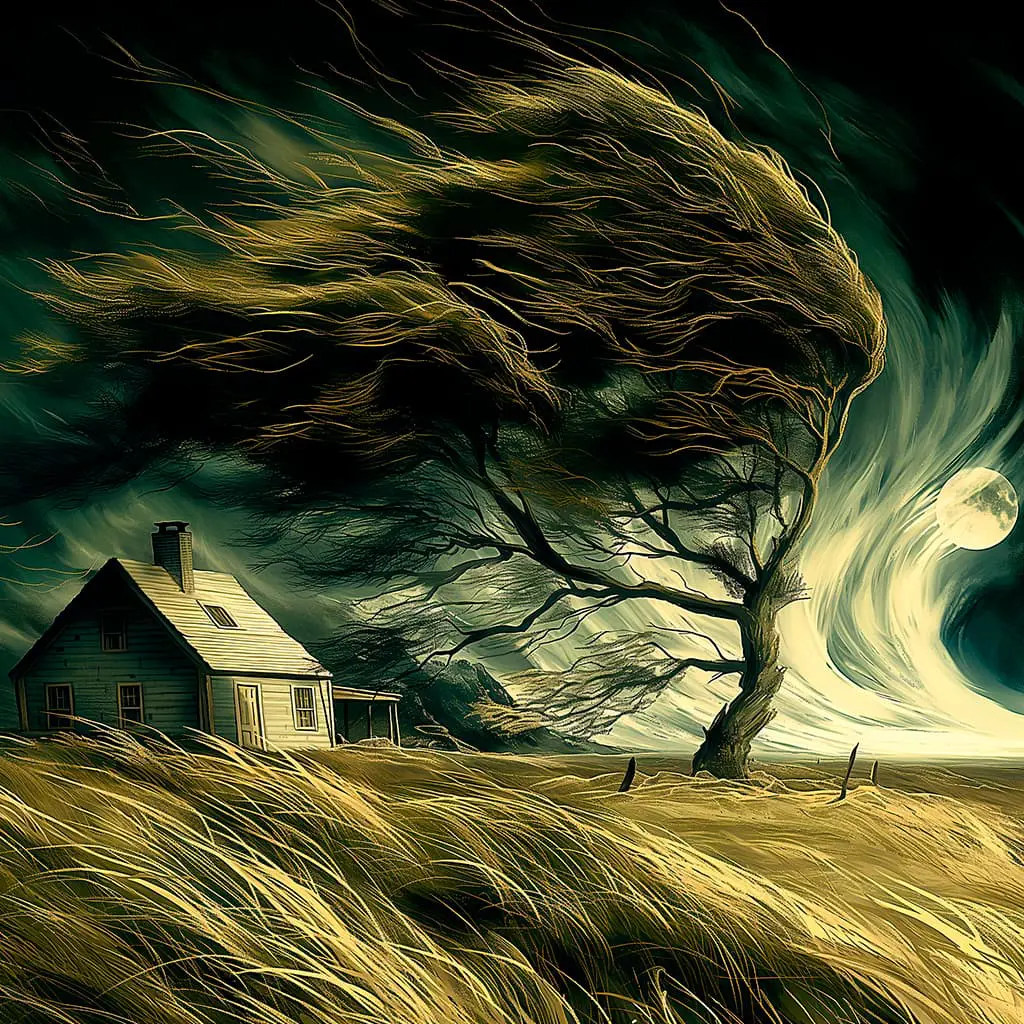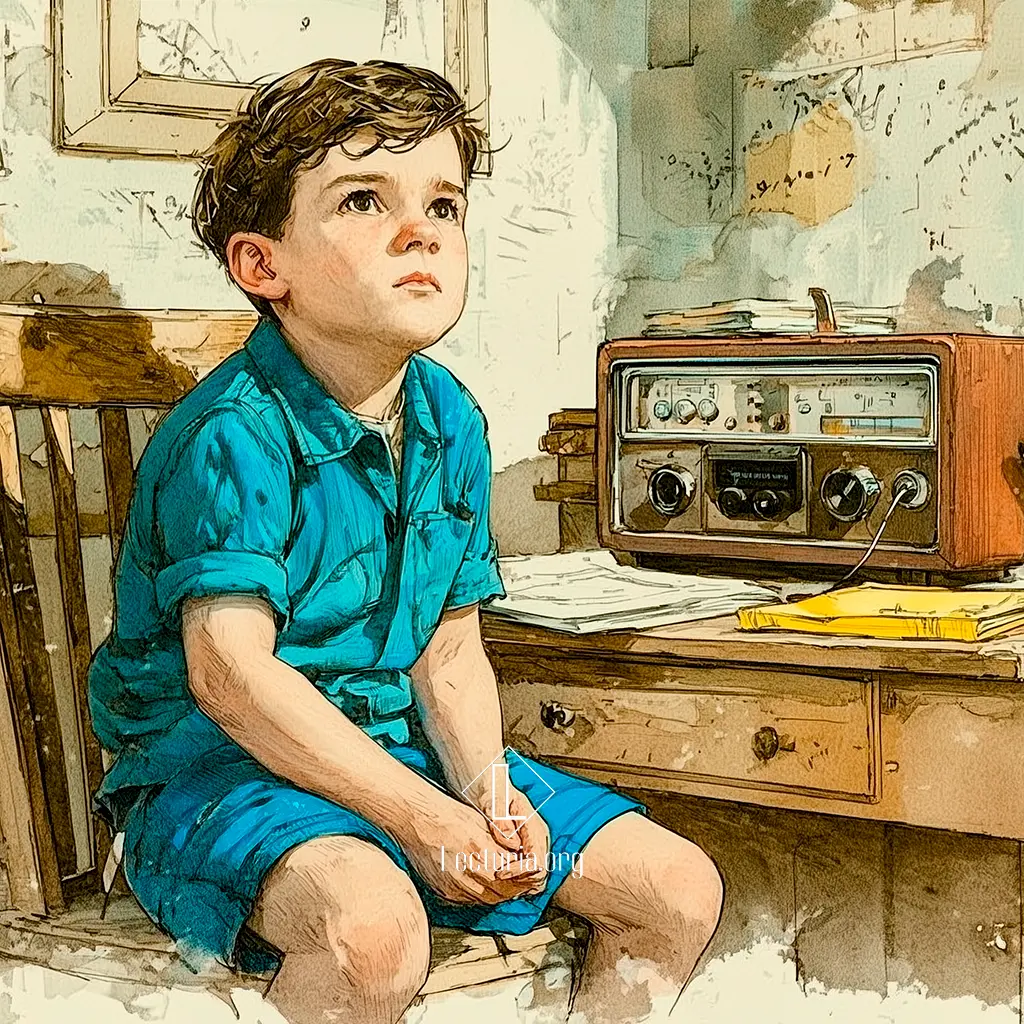Ray Bradbury: Skeleton
“Skeleton” is a short story by Ray Bradbury, first published in Weird Tales magazine in September 1945. It tells the story of Mr. Harris, a somewhat hypochondriac man who, convinced that he suffers from mysterious health problems, seeks the help of an alternative medicine specialist named M. Munigant. The doctor offers a psychological explanation for his ailments, suggesting that they stem from an apparent disconnection with his own skeleton. As the story unfolds, Harris becomes increasingly obsessed with his bones, leading him into a series of surreal and disturbing events that plunge him into a spiral of fear and paranoia.





